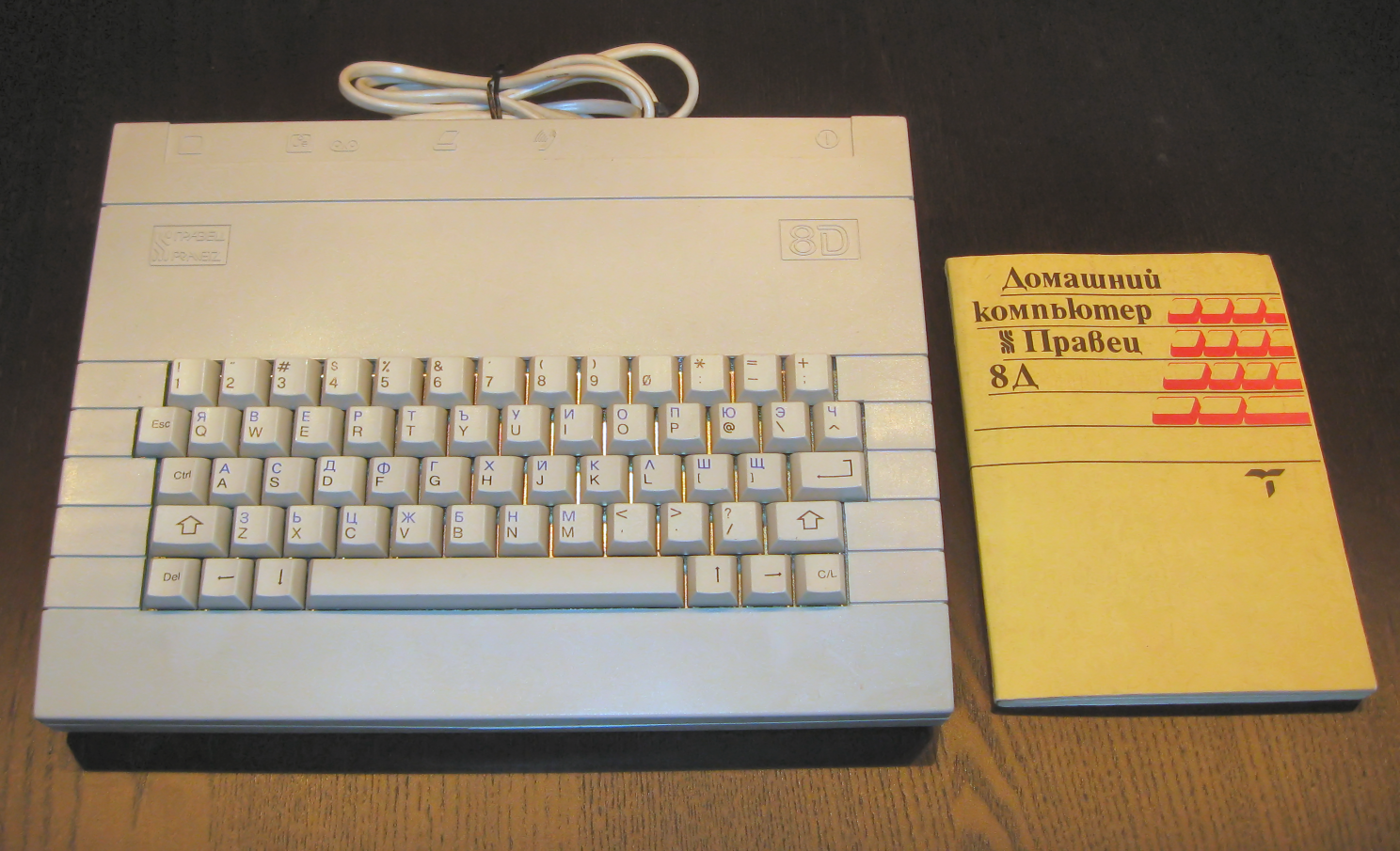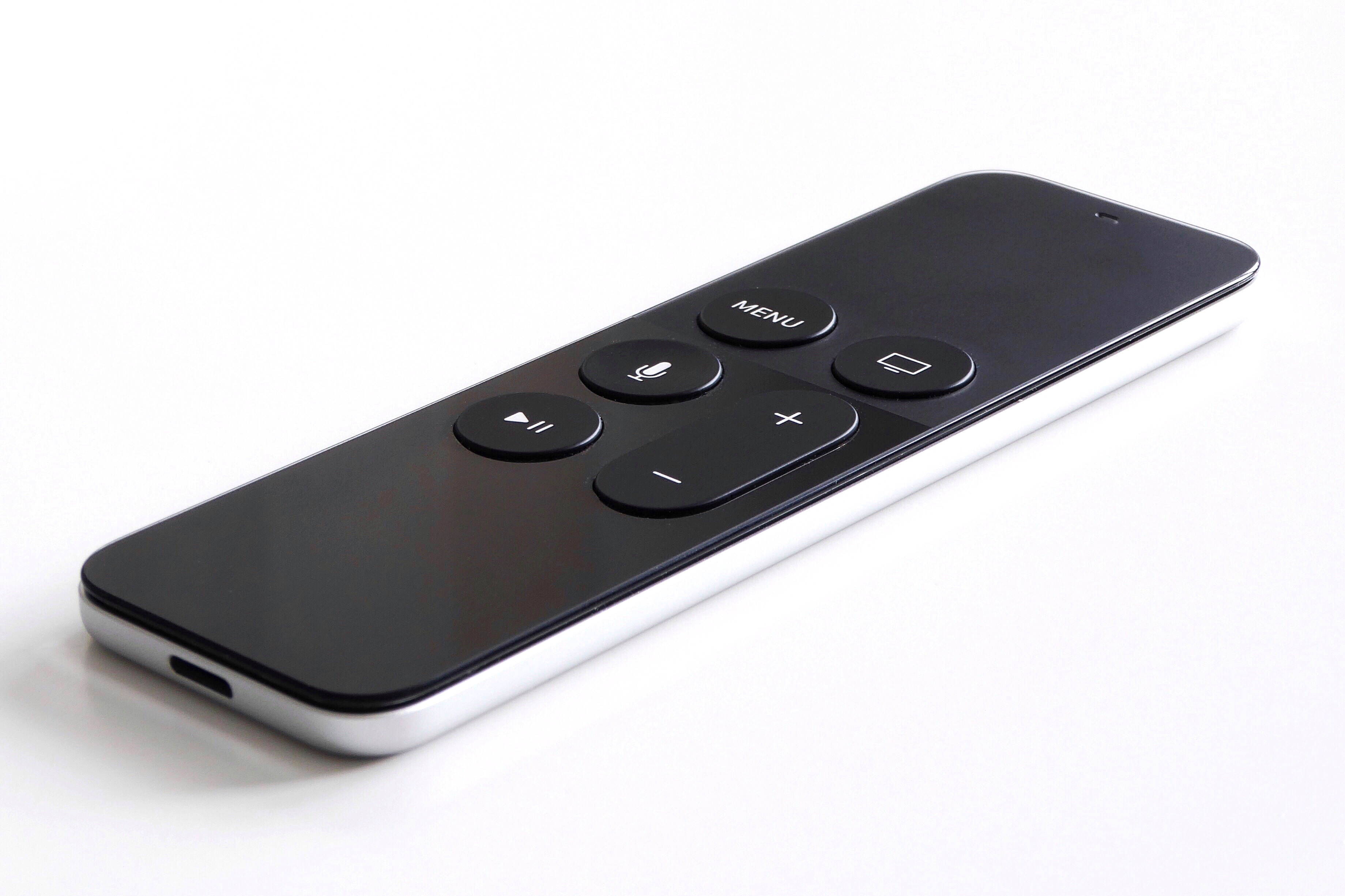|
MacOS Sierra
macOS Sierra (version 10.12) is the thirteenth major release of macOS (formerly known as and ), Apple Inc.'s desktop and server operating system for Macintosh computers. The name "macOS" stems from the intention to unify the operating system's name with that of iOS, watchOS and tvOS. Sierra is named after the Sierra Nevada mountain range in California and Nevada. Specifically, Lone Pine Peak is the location for macOS Sierra's default wallpaper. Its major new features concern Continuity, iCloud, and windowing, as well as support for Apple Pay and Siri. The first beta of macOS Sierra was released to developers shortly following the 2016 WWDC keynote on June 13, 2016. The first public-beta release followed on July 7, 2016. It was released to end users on September 20, 2016, as a free upgrade through the Mac App Store and it was succeeded by macOS High Sierra on September 25, 2017. System requirements macOS Sierra requires at least 2 GB of RAM and 8 GB of storage space a ... [...More Info...] [...Related Items...] OR: [Wikipedia] [Google] [Baidu] [Amazon] |
MacOS Sierra Wordmark
macOS, previously OS X and originally Mac OS X, is a Unix, Unix-based operating system developed and marketed by Apple Inc., Apple since 2001. It is the current operating system for Apple's Mac (computer), Mac computers. Within the market of Desktop computer, desktop and laptop computers, it is the Usage share of operating systems#Desktop and laptop computers, second most widely used desktop OS, after Microsoft Windows and ahead of all Linux distributions, including ChromeOS and SteamOS. , the most recent release of macOS is MacOS Sequoia, macOS 15 Sequoia, the 21st major version of macOS. Mac OS X succeeded classic Mac OS, the primary Mac operating systems, Macintosh operating system from 1984 to 2001. Its underlying architecture came from NeXT's NeXTSTEP, as a result of NeXT#1997–2006: Acquisition by Apple, Apple's acquisition of NeXT, which also brought Steve Jobs back to Apple. The first desktop version, Mac OS X 10.0, was released on March 24, 2001. Mac ... [...More Info...] [...Related Items...] OR: [Wikipedia] [Google] [Baidu] [Amazon] |
Macintosh
Mac is a brand of personal computers designed and marketed by Apple Inc., Apple since 1984. The name is short for Macintosh (its official name until 1999), a reference to the McIntosh (apple), McIntosh apple. The current product lineup includes the MacBook Air and MacBook Pro laptops, and the iMac, Mac Mini, Mac Studio, and Mac Pro desktops. Macs are currently sold with Apple's UNIX-based macOS operating system, which is Proprietary software, not licensed to other manufacturers and exclusively Pre-installed software, bundled with Mac computers. This operating system replaced Apple's original Macintosh operating system, which has variously been named System, Mac OS, and Classic Mac OS. Jef Raskin conceived the Macintosh project in 1979, which was usurped and redefined by Apple co-founder Steve Jobs in 1981. The original Macintosh 128K, Macintosh was launched in January 1984, after Apple's 1984 (advertisement), "1984" advertisement during Super Bowl XVIII. A series of increment ... [...More Info...] [...Related Items...] OR: [Wikipedia] [Google] [Baidu] [Amazon] |
IMac (Intel-based)
The iMac is a series of all-in-one desktop computers designed, manufactured, and sold by Apple Inc. Between 2006 and 2022, the iMac series used chipsets based on Intel architecture. While sold, it was one of three desktop computers in the Mac lineup, serving as an all-in-one alternative to the Mac Mini, and sat below the performance range Mac Pro. It was sold alongside a higher-end, Xeon-based iMac Pro from 2017 to 2021. The earliest Intel iMacs reused the same white polycarbonate enclosure as the iMac G5. Later models shifted to aluminum and plastic, and then a unibody aluminum case. The iMacs released after October 2012 also featured a much thinner display, with the edge measuring just 5 mm. This design would persist until the line was discontinued. As part of the Mac transition to Apple's own processors, the Intel-based iMac was succeeded by the Apple silicon iMac beginning in 2021. Apple discontinued the 21.5-inch Intel iMac the same year, with the 27-inch model ... [...More Info...] [...Related Items...] OR: [Wikipedia] [Google] [Baidu] [Amazon] |
Random-access Memory
Random-access memory (RAM; ) is a form of Computer memory, electronic computer memory that can be read and changed in any order, typically used to store working Data (computing), data and machine code. A random-access memory device allows data items to be read (computer), read or written in almost the same amount of time irrespective of the physical location of data inside the memory, in contrast with other direct-access data storage media (such as hard disks and Magnetic tape data storage, magnetic tape), where the time required to read and write data items varies significantly depending on their physical locations on the recording medium, due to mechanical limitations such as media rotation speeds and arm movement. In today's technology, random-access memory takes the form of integrated circuit (IC) chips with MOSFET, MOS (metal–oxide–semiconductor) Memory cell (computing), memory cells. RAM is normally associated with Volatile memory, volatile types of memory where s ... [...More Info...] [...Related Items...] OR: [Wikipedia] [Google] [Baidu] [Amazon] |
Gigabyte
The gigabyte () is a multiple of the unit byte for digital information. The SI prefix, prefix ''giga-, giga'' means 109 in the International System of Units (SI). Therefore, one gigabyte is one billion bytes. The unit symbol for the gigabyte is GB. This definition is used in all contexts of science (especially data science), engineering, business, and many areas of computing, including storage capacities of hard disk drive, hard drives, solid-state drives, and magnetic-tape data storage, tapes, as well as data transmission speeds. The term is also used in some fields of computer science and information technology to denote (10243 or 230) bytes, however, particularly for sizes of random-access memory, RAM. Thus, some usage of ''gigabyte'' has been ambiguous. To resolve this difficulty, IEC 80000-13 clarifies that a ''gigabyte'' (GB) is 109 bytes and specifies the term ''gibibyte'' (GiB) to denote 230 bytes. These differences are still readily seen, for example, when a 400 ... [...More Info...] [...Related Items...] OR: [Wikipedia] [Google] [Baidu] [Amazon] |
End User
In product development, an end user (sometimes end-user) is a person who ultimately uses or is intended to ultimately use a product. The end user stands in contrast to users who support or maintain the product, such as sysops, system administrators, database administrators, information technology (IT) experts, software professionals, and computer technicians. End users typically do not possess the technical understanding or skill of the product designers, a fact easily overlooked and forgotten by designers: leading to features creating low customer satisfaction. In information technology, end users are not customers in the usual sense—they are typically employees of the customer. For example, if a large retail corporation buys a software package for its employees to use, even though the large retail corporation was the ''customer'' that purchased the software, the end users are the employees of the company, who will use the software at work. Context End users are one of the thre ... [...More Info...] [...Related Items...] OR: [Wikipedia] [Google] [Baidu] [Amazon] |
WWDC
The Worldwide Developers Conference (WWDC) is an information technology conference held annually by Apple Inc. The conference is currently held at Apple Park in California. The event is used to showcase new software and technologies in the macOS, iOS, iPadOS, watchOS, tvOS, and visionOS families as well as other Apple software; new hardware products are sometimes announced as well. WWDC is also an event hosted for third-party software developers that work on apps for iPhones, iPads, Macs, and other Apple devices. Attendees can participate in hands-on labs with Apple engineers and attend in-depth sessions covering a wide variety of topics. The first WWDC was held in 1983, with the introduction of Apple Basic, but it was not until 2002 that Apple started using the conference as a major launchpad for new products. Beginning in 1987, WWDC was held in Santa Clara. After 15 years in nearby San Jose, the conference moved to San Francisco, where it eventually became Apple's primary ... [...More Info...] [...Related Items...] OR: [Wikipedia] [Google] [Baidu] [Amazon] |
Siri
Siri ( , backronym: Speech Interpretation and Recognition Interface) is a digital assistant purchased, developed, and popularized by Apple Inc., which is included in the iOS, iPadOS, watchOS, macOS, Apple TV, audioOS, and visionOS operating systems. It uses voice queries, gesture based control, focus-tracking and a natural-language user interface to answer questions, make recommendations, and perform actions by delegating requests to a set of Internet services. With continued use, it adapts to users' individual language usages, searches, and preferences, returning individualized results. Siri is a Corporate spin-off, spin-off from a project developed by the SRI International Artificial Intelligence Center. Its speech recognition engine was provided by Nuance Communications, and it uses advanced machine learning technologies to function. Its original American, British, and Australian voice acting, voice actors recorded their respective voices around 2005, unaware of the recording ... [...More Info...] [...Related Items...] OR: [Wikipedia] [Google] [Baidu] [Amazon] |
Apple Pay
Apple Pay is a mobile payment service by Apple Inc. that allows users to make payments in person, in iOS apps, and on the web. Supported on iPhone, Apple Watch, iPad, Mac, and Vision Pro, Apple Pay digitizes and can replace a credit or debit card chip and PIN transaction at a contactless-capable point-of-sale terminal. It does not require Apple Pay–specific contactless payment terminals; it can work with any merchant that accepts contactless payments. It adds two-factor authentication via Touch ID, Face ID, Optic ID, PIN, or passcode. Devices wirelessly communicate with point of sale systems using near field communication (NFC), with an embedded secure element (eSE) to securely store payment data and perform cryptographic functions, and Apple's Touch ID, Face ID and OpticID for biometric authentication. Apple Pay can also be used to pay fares on many public transport networks. Payment can be authorised without authentication for supported public transport networks, r ... [...More Info...] [...Related Items...] OR: [Wikipedia] [Google] [Baidu] [Amazon] |
ICloud
iCloud is the personal cloud service of Apple Inc. Launched on October 12, 2011, iCloud enables users to store and Data synchronization, sync data across devices, including Apple Mail, Calendar (Apple), Apple Calendar, Photos (Apple), Apple Photos, Notes (Apple), Apple Notes, contacts, settings, backups, and files, to collaborate with other users, and track Asset tracking, assets through Find My. iCloud's client app is built into iOS, iPadOS, watchOS, tvOS, macOS, and visionOS, and is available for Microsoft Windows. iCloud may additionally be accessed through a limited Web application, web interface. iCloud offers users 5 Gigabyte, GB of free storage which may be upgraded through optional paid plans to up to 12 TB; all paid plans include iCloud+ providing additional features. Optional end-to-end encryption has been available since 2022 for all iCloud data, except Calendar, Contacts, and Mail, which rely on legacy sync technologies for compatibility with third-party apps (CalDA ... [...More Info...] [...Related Items...] OR: [Wikipedia] [Google] [Baidu] [Amazon] |
Continuity (Apple)
OS X Yosemite ( ; version 10.10) is the eleventh major release of macOS, Apple Inc.'s desktop and server operating system for Macintosh computers. OS X Yosemite was announced and released to developers on June 2, 2014, at WWDC 2014 and released to public beta testers on July 24, 2014. Yosemite was released to consumers on October 16, 2014. Following the Northern California landmark-based naming scheme introduced with OS X Mavericks, Yosemite is named after the national park. System requirements All Macintosh computers capable of running OS X Mountain Lion (v10.8.x) are able to run Yosemite as the two operating systems have the same requirements. However, to take full advantage of the Handoff feature, additional minimum system requirements include a Mac with Bluetooth LE (Bluetooth 4.0). As with Mavericks and Mountain Lion, 2GB of RAM, 8GB of available storage, and Mac OS X Snow Leopard 10.6.8 or later are required. These are the models that are compatible with OS X Yo ... [...More Info...] [...Related Items...] OR: [Wikipedia] [Google] [Baidu] [Amazon] |
Lone Pine Peak
Lone Pine Peak is located on the east side of the Sierra Nevada range just west of the town of Lone Pine, California in Inyo County, in eastern California in the southwestern United States. The summit marks the eastern boundary of the John Muir Wilderness in the Inyo National Forest. Lone Pine Peak is the mountain in the photo for the default desktop wallpaper of macOS Sierra macOS Sierra (version 10.12) is the thirteenth major release of macOS (formerly known as and ), Apple Inc.'s desktop and server operating system for Macintosh computers. The name "macOS" stems from the intention to unify the operating syst .... References Mountains of Inyo County, California Mountains of the Sierra Nevada (United States) Mountains of the John Muir Wilderness Mountains of Northern California {{InyoCountyCA-geo-stub ... [...More Info...] [...Related Items...] OR: [Wikipedia] [Google] [Baidu] [Amazon] |







